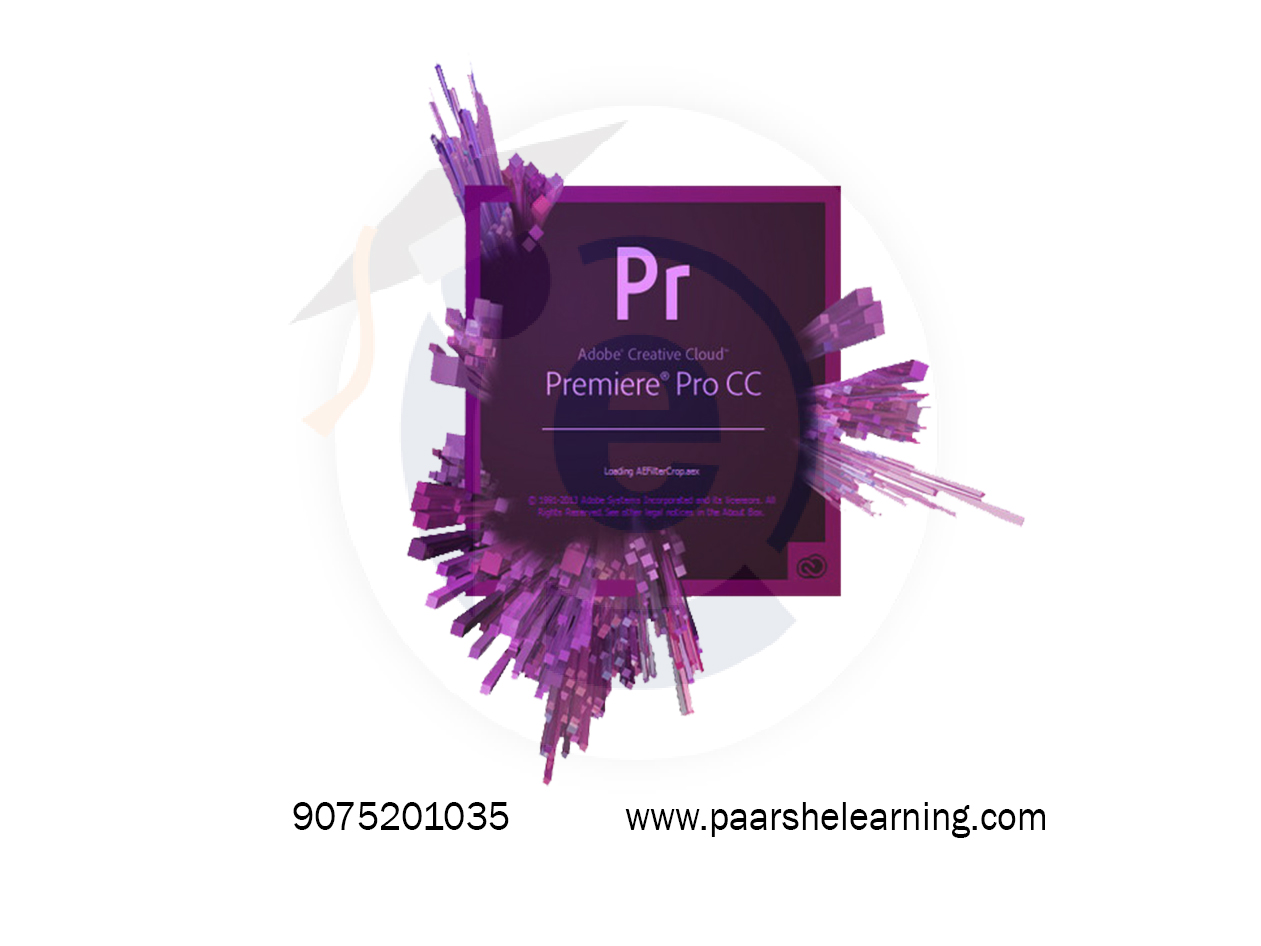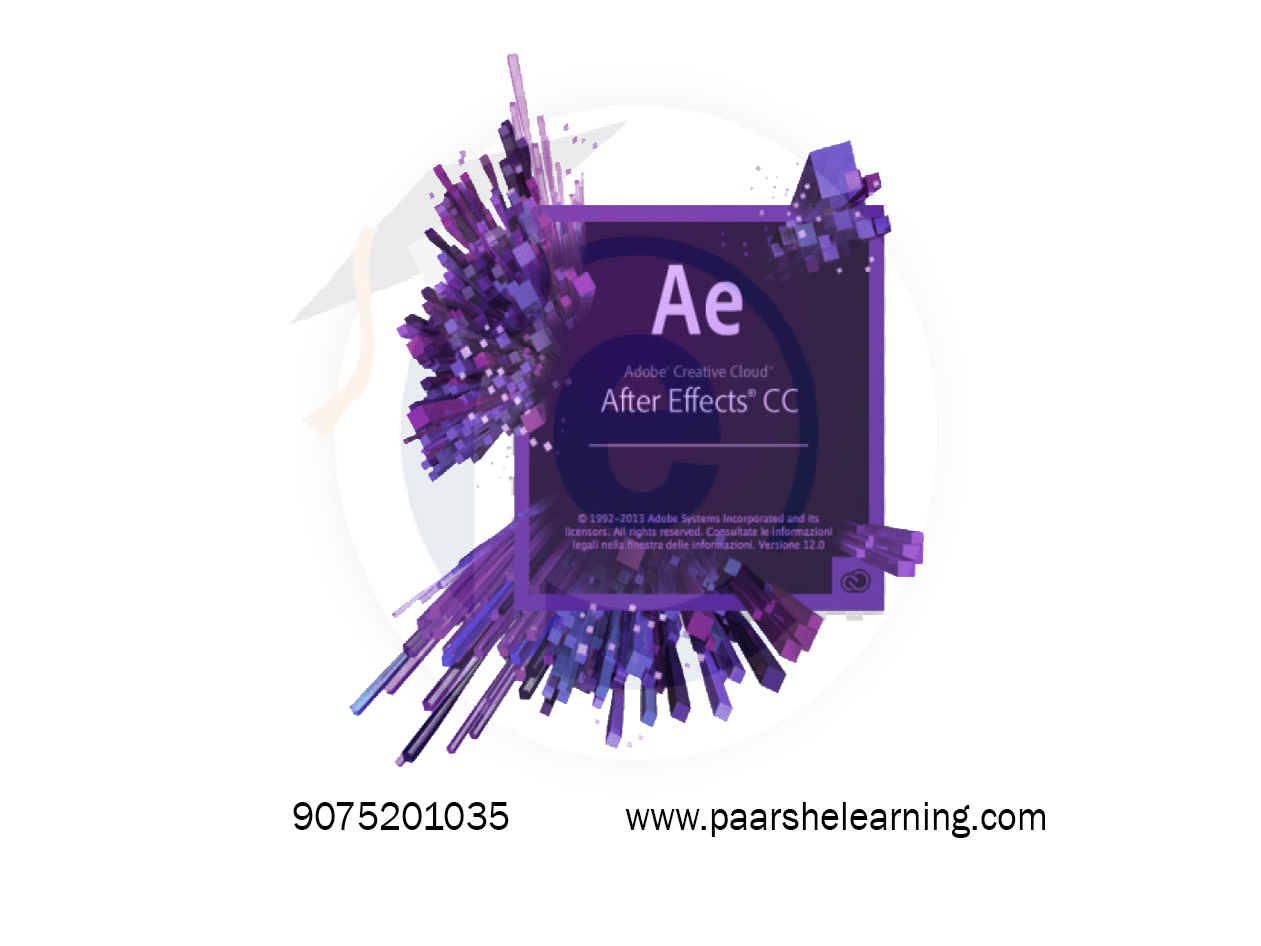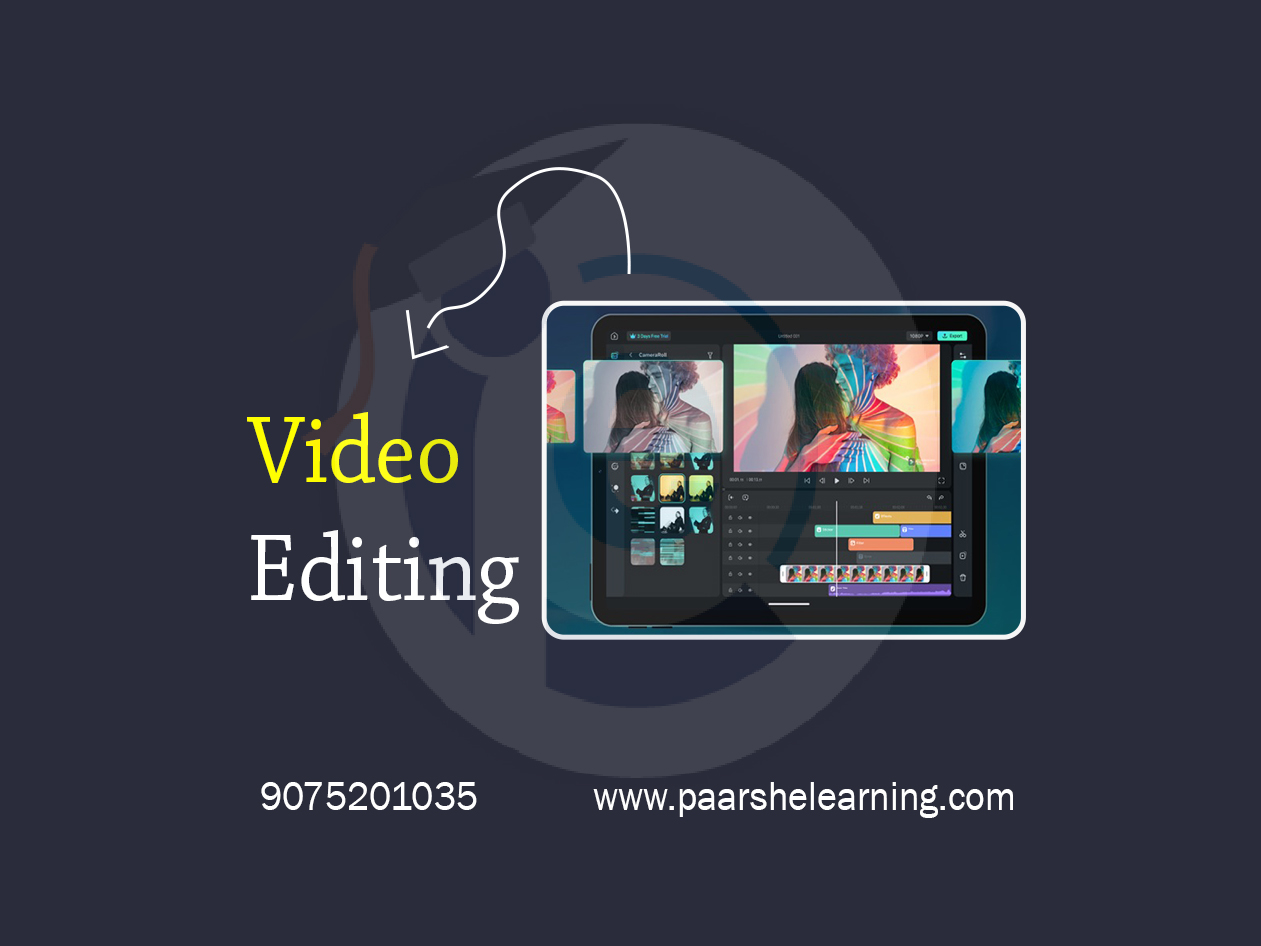- Understanding video editing software: Learning the basics of video editing software, such as Adobe Premiere Pro, Final Cut Pro, or Davinci Resolve, including the interface, tools, and workflow.
- Importing and organizing footage: Learning how to import different types of footage, such as video, audio, and images, into the video editing software and organizing them into a project.
- Editing techniques: Learning different editing techniques, such as cutting, trimming, splitting, and adding transitions, to create a cohesive and engaging video.
- Color correction and grading: Learning how to adjust the color, brightness, contrast, and saturation of footage to enhance its visual appeal and storytelling.
- Sound editing: Learning how to edit and mix audio tracks, add sound effects, and use music to enhance the video's impact.
- Titles and graphics: Learning how to create and add titles, text, and graphics to the video to provide context and visual interest.
- Exporting and sharing: Learning how to export the final video in different formats, resolutions, and aspect ratios, and sharing it on various platforms, such as social media, video hosting sites, or broadcast TV.
Premire Pro
Course description
Adobe Premiere Pro is a popular and widely used video editing software that is often used in video editing courses. If you are interested in taking a video editing course that specifically focuses on Adobe Premiere Pro, there may be some prerequisites that can help you get the most out of the course. These may include:
-
Basic computer skills: Familiarity with basic computer operations, such as navigating file directories, installing software, and using keyboard shortcuts, is essential when working with Adobe Premiere Pro.
-
Understanding of video terminology: Knowledge of basic video terminologies, such as frame rate, resolution, aspect ratio, and codecs, is important to understand how video files work and how to prepare footage for editing in Adobe Premiere Pro.
-
Familiarity with video equipment: Some familiarity with video equipment, such as cameras, microphones, and lighting, can be helpful to understand how footage is captured and the challenges that may arise during shooting, which can impact the editing process in Adobe Premiere Pro.
-
Creativity and storytelling skills: Adobe Premiere Pro is a tool for creative storytelling, so having some creativity and storytelling skills can be beneficial to create engaging and visually appealing videos.
-
Patience and attention to detail: Like any video editing software, Adobe Premiere Pro requires patience and attention to detail, as it involves reviewing footage, selecting the best shots, and making precise edits.
-
Prior video editing experience: While not always required, having some prior experience with video editing using other software can be helpful when learning Adobe Premiere Pro, as many video editing concepts and techniques are transferable across different software.
It's important to review the specific prerequisites of the Adobe Premiere Pro course you are interested in, as requirements may vary. Paarsh E-Learning courses may offer preparatory materials or recommend additional resources to help learners build the required skills before starting the course.
What you will learn from this course?
This course includes!
- Daily Live session
- Access on Mobile and TV
- Certificate of completion
- Recommendation Letter
- Free lifetime access
- Resume building sessions
- 100% Job Placement
This course is for
- Content creators: People who create content for social media platforms, such as YouTube, Instagram, or TikTok, can benefit from a video editing course to learn how to make engaging and visually appealing videos.
- Students: Students who are interested in media studies, film production, or digital storytelling can benefit from
- Beginners: If you are new to video editing and want to learn the fundamentals of video editing software, techniques, and workflows, a beginner-level course can be a great starting point.
Prerequisites for this course
- Computer skills: A basic understanding of computer operations and file management is necessary to work with video editing software.
- Video production knowledge: A basic understanding of video production techniques, such as framing, composition, and lighting, can help you create better footage to work with in your editing software.
- Familiarity with video editing software: While not required, some familiarity with a video editing software program, such as Adobe Premiere Pro, Final Cut Pro, or Davinci Resolve, can be helpful before taking a course.
- Good communication skills: Video editing often involves working with others, such as directors, producers, or clients, so having strong communication skills can help you collaborate effectively and achieve the desired outcome.
- Creativity and attention to detail: Video editing involves making creative decisions and paying attention to small details, so having a creative mindset and attention to detail can be useful.
- Access to video editing software: Depending on the course, you may need to have access to video editing software to complete assignments or practice the skills you learn.
Premire Pro Syllabus
-
Introduction To Premiere Pro
Overview of video editing and the role of Premiere Pro Interface and workspace customization Importing and organizing media files Creating a new project and setting up sequences
-
Basic Editing Techniques
Navigating the timeline and working with clips Cutting, trimming, and rearranging clips on the timeline Adding transitions for smooth visual flow Using the razor tool for precise cuts
-
Video And Audio Effects
Applying video effects and adjustments Using the Lumetri Color panel for color correction and grading Working with audio effects and filters Adjusting audio levels and applying keyframes
-
Advanced Editing Techniques
Utilizing the multi-camera editing feature Creating cutaways and inserting B-roll Working with nested sequences for complex edits Applying time-remapping and speed adjustments
-
Titles And Graphics
Creating and customizing titles using the Essential Graphics panel Animating text and graphics for dynamic effects Using templates and presets for efficient design Incorporating lower thirds and text overlays
-
Visual Effects And Compositing
Introduction to compositing and visual effects Using the ultra key for green screen removal Applying masks and tracking for targeted effects Working with blending modes and opacity settings
-
Audio Editing And Mixing
Understanding the audio workspace and features Cleaning up audio with noise reduction and audio repair tools Adding ambient sound and audio transitions Mixing audio tracks and creating audio fades
-
Exporting And Workflow
Exporting videos in various formats and resolutions Configuring export settings for different platforms Understanding the different rendering options Creating a final project and assembling a portfolio of edited work
-
Paarsh E-Learning encourages hands-on practice, assignments, and projects throughout the course to reinforce students' understanding of Premiere Pro concepts. Assign projects that involve editing different types of content, such as short films, trailers, and promotional videos. Cover both theoretical concepts and practical applications to provide a well-rounded learning experience.



